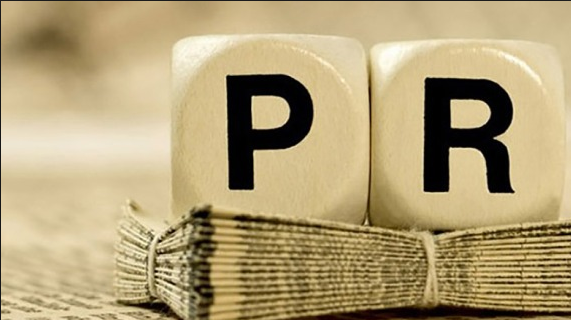A public relations colleague at a local Fortune 500 company recently posted on social media about how happy she was not having to worry about generating revenue — as if PR shouldn’t feel the pressure of showing ROI in the same way marketing and advertising efforts are bound to bottom-line analytics. While marketing and advertising professionals are obsessed with lead generation that results in sales, far too many PR professionals and agencies have lured themselves into a false sense of security and created a disconnect that isn’t doing themselves or their brands any favors.

PR, as defined by the Public Relations Society of America, is “a strategic communication process that builds mutually beneficial relationships between organizations and their publics.” Marketing, as defined by the American Marketing Association, is “the activity, set of institutions, and processes for creating, communicating, delivering, and exchanging offerings that have value for customers, clients, partners, and society at large.”
See, PR people view their job as raising brand awareness and making people feel good about that brand. Marketers, on the other hand, are working to activate customers or buyers. What I’m about to point out here may upset a few of my PR colleagues. PR folks need to think more like marketers. That nice fluffy stuff that makes people feel good about a brand needs to get a bit more aggressive and dovetail better into the same path as marketing.
Why? One word: velocity. While plenty of data exists that suggests people are more willing to spend their money on brands that they like, PR is becoming less relevant in this new digital age of information.
Consider this: 70 to 90 percent of a buyer’s journey is complete prior to engaging sales, according to research by Forrester. That statistic, though a year old, continues to haunt and motivate marketers and advertisers. We know consumers are finding their own content and educating themselves about brands.
There’s no longer time to cultivate an audience with feel-good news and soft PR efforts. A closer relationship between PR and marketing is critical to captivating and winning the hearts and minds of radical buyers today.
At The Starr Conspiracy, we largely focus on marketing and advertising but are more frequently providing expert PR strategy and execution for our clients. Marketer efforts are increasingly focused on content generation and nurturing the sales pipeline with compelling and provocative thought leadership that will ultimately increase sales. We think that same message and strategy should apply to any PR effort — whether it’s internal- or external-facing, focusing on earned media or analysts and social media influencers.
Now that we’ve rocked the boat a little, here are several tips to consider when developing your PR strategy to make it more closely aligned with your marketing goals (and able to impact that bottom line).
Dovetail with marketing. Create your public relations plan based on the core marketing message of your brand. We all know there is a nuance to how you execute that message. You don’t want some media person telling you to “go buy an ad.” What’s important here is to understand the marketing’s unique value proposition and key messages of your brand and find a way to integrate those into your PR messaging.
“Tom Sawyer” your employees. Get your employee base to whitewash the fence, so to speak. Motivating your employees will reap huge rewards in activating their extended audiences and professional networks. Be sure your employees share your leadership’s drive and know, at least at a basic level, your core brand message.
Know your audience and customers. We’re huge believers in the Net Promoter Score (NPS) system — it’s a simple way to conduct primary research and maintain a constant pulse on how well you’re meeting and exceeding the needs of your customers. Though often a function of marketing, many corporate PR departments and PR agencies are using NPS to establish a baseline for their brands. NPS can even be used to measure PR efforts (which we’ve previously discussed here).
Press releases. Duh, right? You’d be surprised how many companies fail to understand the SEO (search engine optimization) value of press releases. Most PR people want to distribute a press release about everything, because, well, that’s what they do. But companies or executives who are reluctant to spend the money are shortsighted, failing to see ROI beyond earned media opportunities; PR distribution services like PRWeb, PR Newswire, and Business Wire all have sharing relationships with major media outlets. Remember those buyers who are doing their own research and making up their mind before they call sales — you need to reach those folks. Even if you don’t garner earned media, you’ve put your story on the record for that next media opportunity or to catch the eye of a buyer.
So, the time has come for PR to cross over to the dark side and embrace making money. It isn’t really that much of a stretch when you think about what PR already does — tell stories and inform audiences. What has to change is that those stories need to set the radical buyer on the path to making your cash register ring.


